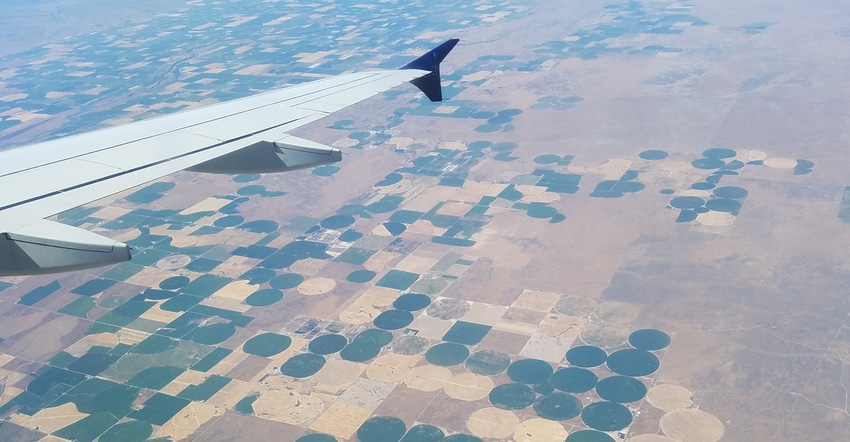
Travel, whether for business or leisure, is often an eye-opening or thought-provoking experience. On a recent trip to Nampa, Idaho, for the grand opening of Syngenta's Trait Conversion Accelerator, I decided to stay an extra day to do some sightseeing and hike some of the trails in the area along the Snake River Canyon.
Despite being separated by 600-plus miles, the Treasure Valley and Magic Valley of southern Idaho aren't entirely dissimilar to the North Platte River Valley of the Nebraska Panhandle — sure, the High Desert has a number of differences from the High Plains, but there are some similarities just the same when it comes to cropping systems and climate.
On the plane ride home, I happened to be seated next to someone who works on an irrigated farm in eastern Washington. Despite some of the differences in cropping and irrigation systems between Nebraska and Washington state, there are some similarities in the dynamics between urban and rural populations in either state.
This part of the inland Pacific Northwest is dominated by high-value agriculture — potatoes, onions, and in some places, hopyards, vineyards and orchards. However, just across the Cascades lies the Pacific Northwest metropolis of Seattle.
Although Nebraska's urban areas pale in comparison to the population of the Northwest, we still deal with a notable drop-off in population from one side of the state to the other. And not unlike the Platte and Missouri rivers of the Great Plains, the Columbia River, which feeds most of Washington state's irrigated agriculture, has its headwaters in the Rocky Mountains — albeit farther north in Canada and on the other side of the Continental Divide.
With that in mind, a question came up surrounding water rights and urban expansion, and who is given priority to water in a water-limited situation. Being a less densely populated state, it may not seem like much of an issue for Nebraska, but consider the expansion of the Front Range metropolitan area in Colorado.
As municipalities have grown, and the demand for water has increased, those cities and towns have actively purchased land previously in agriculture and stripped it of water rights, limiting it to dryland production.
At least as far as I know, this hasn't expanded to the western reaches of the Cornhusker State. Nebraska is fortunate that water rights are valued differently from other states and are tied closely with the legacy of the land itself.
However, it's not entirely impossible that as Front Range communities or even eastern Nebraska municipalities such as Lincoln or Omaha expand, demand for water will also increase. This may or may not lead to cities buying ag land in Nebraska solely for rights to water, but it would definitely mean greater scrutiny of how that water is being used.
Nebraska Farmer has featured several articles outlining ways of defining and quantifying a water balance at various scales in Nebraska, as well as the possibilities for incentives for people to use water in more efficient ways than they already are.
The benefit of being in Nebraska, a largely rural state, is there's more room for farmers and landowners to work from the ground up to meet these demands — and hopefully capture some added value if they can demonstrate they're maintaining a stable water balance and using water efficiently to grow a certain product.
About the Author(s)
You May Also Like






